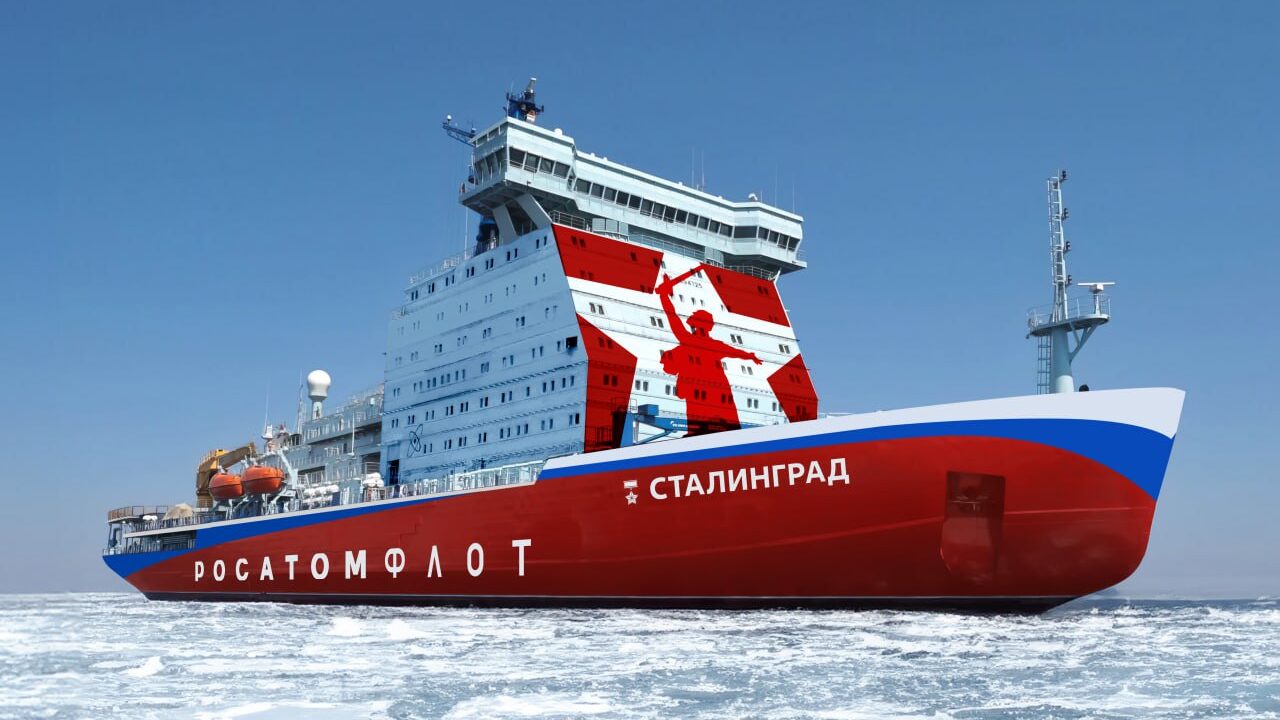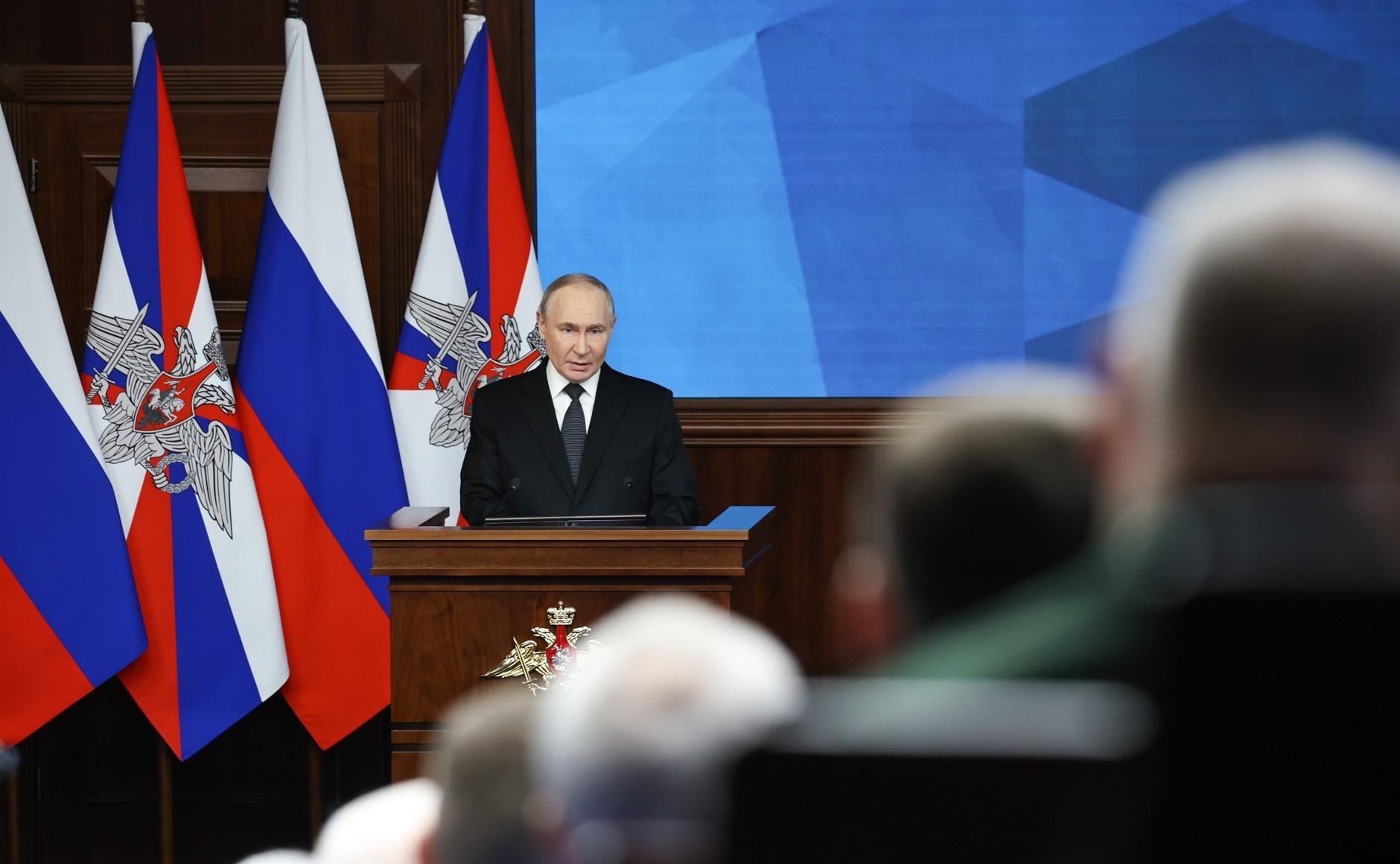
The Mercenaries Behind Russian Operations in Africa
The Mercenaries Behind Russian Operations in Africa
On October 24, Russia concluded its Russia-Africa Summit in Sochi, seeking to deepen Moscow’s relations with the continent. Notably, security cooperation formed a key component of the agenda (Summitafrica.ru, October 24). However, Russian security operations in Africa prove more nuanced, as Russia deploys private military companies (PMC) to pursue its geopolitical ambitions. Echoing its Syria strategy, Russian PMCs operate in Libya, Sudan and the Central African Republic (CAR), among other countries. As a result, Russian security influence stretches from the Eastern Mediterranean to the north African coast and the central African interior.
In North Africa, Russia’s support for Khalifa Haftar’s military in Libya converges with Egyptian interests. Cairo’s desire for border stability achieved through Haftar’s victory in the civil war, coupled with Moscow’s naval basing goals in the southern Mediterranean, has aligned both countries’ policies (see EDM, February 4, 2018). To achieve this alignment, Russian S-300 missile defense systems and Kalibr anti-ship missiles assist Haftar’s campaign. But crucially, Haftar also benefits from the support of Russian PMCs (Meduza, October 11, 2018). Russia’s chief of the General Staff, General Valery Gerasimov, has notably ingrained PMC strategy into Russian military doctrine, arguing that using private military companies to defend key territory protects regimes from opposing forces in their rear (see Jamestown.org, March 20). Thus, not coincidentally, PMC Wagner troops occupy seaports in Tobruk, Benghazi and Derna (RBC, October 9, 2018) as well as train Haftar’s Libyan National Army (LNA) in the southwestern province of Fezzan (Warsaw Institute, April 30, 2019). In recent months, over 100 more Wagner troops deployed to Libya (The Moscow Times, October 3). Consequently, Haftar has been able to wage a fully offensive war in southern Tripoli (see EDM, October 8, 2019). This echoes Wagner’s defense of Bashar al-Assad’s oilfields in Syria, affording his military increased mobility on the battlefield (Warsaw Institute, April 30).
In 2017, Cairo and Moscow reached an agreement allowing Russian military aircraft to use Egyptian military bases, facilitating the airlift of PMCs (Alaraby.co, December 15, 2017). Indeed, negotiations are ongoing to bring Egypt into the Eurasian Economic Union (EEU), consisting of Russia, Kazakhstan, Kyrgyzstan, Armenia and Belarus. Moscow has much to gain from a partnership with Cairo: in 2018, both governments organized negotiations between insurgents from Eastern Ghouta, Northern Homs and the al-Assad regime (The National, October 21, 2018). Finally, Egypt co-chaired the Sochi Summit, completing its realignment.
Similarly, Russia deployed PMCs in Sudan to pursue mineral concessions and basing rights on the Red Sea, overseen by Yevgeny Prigozhin, who is also believed to control Wagner Group. In fact, another firm owned by Prigozhin, M Invest, gained gold extraction rights after a meeting between Putin and former Sudanese President Omar al-Bashir (The Bell, June 4, 2018). In November of 2018, al-Bashir offered the Russian navy basing rights on the Red Sea, specifically to counter the United States’ influence in the Horn of Africa (The Bell, June 4, 2018). Later that winter, the Security Service of Ukraine (SSU) published intelligence alleging that 149 Wagner mercenaries suppressed protests challenging al-Bashir’s rule (Ssu.gov, January 25). Presumably, Russia sought to protect its fledgling basing agreement.
Earlier that July, 500 Russian troops were sighted in southern Darfur province, where witnesses reported the construction of a landing strip (Dabanga Sudan, July 31, 2018). These residents claimed the forces trained 600 Muslim Seleka rebels (responsible for the Central African Republic’s 2013 coup) alongside Sudanese soldiers (Dabanga Sudan, August 1, 2018). Just prior to the demonstrations, Prigozhin’s M Invest signed a flight contract with Russia’s Ministry of Defense. Between August and October of 2018, eight flights were made from Moscow to Latakia, Khartoum, Bangui or Benghazi (Ssu.gov, January 28). The SSU further claimed that over 90 percent of Wagner’s Africa contingent participated in Moscow’s Ukraine campaign, and intelligence maps demonstrate Wagner’s use of Sudan to transit between Libya and the Central African Republic (Ssu.gov, January 25). President al-Bashir was ousted in April 2019; but Russia vetoed a United Nations Security Council Resolution condemning Sudan’s unrest in June (Al Jazeera, June 5). As a result, Sudan’s Transitional Military Council agreed to uphold Russia’s existing contracts in defense, mining and energy sectors, keeping alive potential naval basing on the Red Sea (Sada, July 11).
In 2018, Wagner troops deployed to the CAR to protect officials and mining facilities (Citeam.org, April 23, 2018). Just as in Libya and Syria, the mercenaries acted in a defensive capacity. In fact, Wagner trained President Faustin-Archange Touadéra’s security detail, and Russian national Valery Zakharov advises Touadéra’s defense board (The Africa Report, August 23). From January to March of 2018, prior to Wagner’s training of Seleka rebels in southern Darfur, three Russian officials met exiled former president of the CAR Michel Djotodia to discuss accessing platinum and mercury mines beyond government control. The same subject was broached with Noureddine Adam, the former lieutenant of the Seleka Rebels, and Ali Darassa, the leader of a splinter Seleka rebel group in Khartoum (Jeune Afrique, April 5, 2018). Wagner’s training of Seleka rebels in Sudan four months later may have marked an exchange of military assistance for mining concessions from the rebel leaders. Clearly, Russia’s PMCs engaged government figures, military advisors and Seleka rebel factions to secure mining concessions under Prigozhin’s purview.
Libya, Sudan and the CAR are all witnessing various Russian “hybrid warfare”-style operations. Libya demonstrates how Russian PMCs fill security vacuums resulting from civil wars. In two years, Russia and Egypt began negotiations to enter the EEU, held military exercises, organized Syrian ceasefires and co-hosted the Sochi Summit. Cairo anchors Russia’s growing network of relationships in the Middle East and North Africa. Sudan’s geography has allowed mercenaries to take advantage of border-porosity with Libya and the Central African Republic. Consequently, Khartoum proved key in constructing a corridor of mercenary operations from Benghazi to Bangui. In the CAR, Wagner and Sewa Security Services defended government officials while engaging Seleka leaders—all for mining extractions. Crucially, Yevgeny Prigozhin’s M Invest firm pops up repeatedly in these situations, signing resource extraction agreements alongside the deployment of PMC units. Finally, in three years, Russia carved a swath of security operations driven by mercenary deployments stretching from Syria through Egypt, Libya and the CAR, raising concerns about future pressure on the North Atlantic Treaty Organization’s (NATO) southern and southeastern flanks.
Russia’s security strategy in Africa is clearly redrawing its strategic environment, with the results of the Libyan Civil War, possible basing rights and concessions determining its success in the coming years. For the first time since the end of the Cold War, Russia’s sphere of influence is attempting to reach beyond Eurasia.


